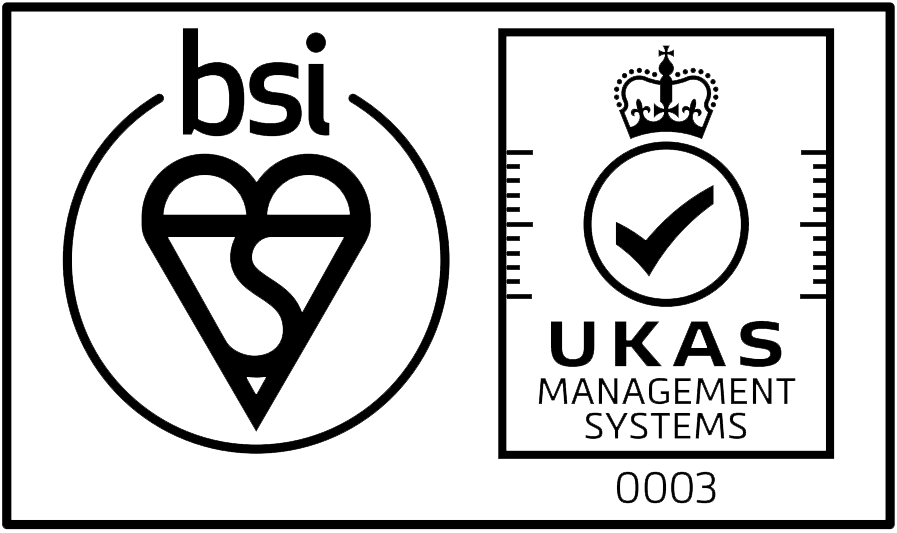Case Study: The Positive Use of Primary Colours in Dementia Care
Colo ur; something those of us who are blessed with see daily, from the colour of your perfect coffee in the morning, to the sunset you catch a glimpse of on the drive home from work.
ur; something those of us who are blessed with see daily, from the colour of your perfect coffee in the morning, to the sunset you catch a glimpse of on the drive home from work.
Colour can play a crucial role in the design of dementia care environments, with primary colours—red, yellow, and blue—often used strategically to support cognitive function, promote mood stability, and encourage positive behaviours. For people living with dementia, cognitive and sensory impairments can make navigation, orientation, and communication extremely challenging. Dementia patients often have trouble distinguishing between colours and recognizing objects within their environment. Research suggests that primary colours, being bold and highly distinguishable, may help dementia patients by enhancing visual perception, reducing confusion, and creating an overall vastly improved quality of life.
Enhanced Visual Contrast and Wayfinding
People with dementia often experience diminished depth perception and colour discrimination. Studies, such as those conducted by Zeisel et al. (2003) and van Hoof et al. (2010), reveal that strong visual contrast can help residents distinguish objects from their surroundings. Using primary colours on important features, such as doors and furniture, can support wayfinding and ease of movement.
- Practical Application: In care homes, red or blue doors may mark different areas or designate exits and restrooms, assisting residents in recognizing functional spaces. Yellow can highlight handrails, stair edges, or dining areas, helping individuals find their way and use spaces independently.
Mood Enhancement and Behavioural Support

Colour psychology research indicates that colours can influence mood, behaviour, and overall well-being. According to a study by Dijkstra, Pieterse, & Pruyn (2008), primary colours, particularly yellow, can have uplifting and energizing effects, while blue is associated with calmness and relaxation.
- Practical Application: Blue tones are often applied in bedrooms or relaxation areas, where calmness is desirable, while yellow may be used in social or dining areas to stimulate appetite and encourage social interaction. By understanding these associations, caregivers can promote positive emotions, reduce agitation, and create a more supportive atmosphere.
Encouragement of Independence and Functional Ability
A key factor in dementia care facilities, is empowering a residents greater sense of independence. Chaudhury, Hung, and Badger (2
013) suggest that colour cues can help residents with cognitive impairment recognize familiar objects and reduce dependency on caregivers.
- Practical Application: In one dementia care home, tables and chairs in dining areas were painted in bright primary colors. Residents were able to locate and use these areas with minimal assistance, boosting their autonomy and confidence in performing daily tasks.
Reduction of Perceptual Confusion
Colours can also help reduce the perceptual confusion often experienced by individuals with dementia. A study by Nazari and Mahmoudi (2015) found that primary colours, when used consistently, helped residents interpret their environment more accurately and respond with less anxiety.
- Practical Application: The use of primary colours for particular cues, such as red for bathroom facilities and blue for bedrooms, provided predictable patterns that improved residents’ sense of orientation and comfort within the environment.
To Conclude
The use of primary colours in dementia care environments has a measurable impact on residents’ quality of life by enhancing navigability, supporting independence, and improving mood. As the UK distributor of Rebotec, we vastly support its use of primary colours in their dementia-friendly product design. By improving visibility, orientation, and independence, Rebotec products can help create an environment that supports residents’ physical and psychological well-being.
To find out more, visit www.rebotecuk.co.uk.
Or contact, sales@medi-plinth.co.uk.
References
-
Chaudhury, H., Hung, L., & Badger, M. (2013). The role of physical environment in supporting person-centred dining in long-term care: A review of the literature. American Journal of Alzheimer’s Disease & Other Dementias, 28(5), 491-500.
-
Dijkstra, K., Pieterse, M., & Pruyn, A. (2008). Physical environmental stimuli that turn healthcare facilities into healing environments through psychologically mediated effects: Systematic review. Journal of Advanced Nursing, 64(3), 176-190.
-
van Hoof, J., Kort, H. S. M., van Waarde, H., & Blom, M. M. (2010). Environmental interventions and the design of homes for older adults with dementia: An overview. American Journal of Alzheimer’s Disease & Other Dementias, 25(3), 202-232.
-
Zeisel, J., Silverstein, N. M., Hyde, J., Levkoff, S., Lawton, M. P., & Holmes, W. (2003). Environmental correlates to behavioural health outcomes in Alzheimer’s special care units. The Gerontologist, 43(5), 697-711.







